#black history 365
Text
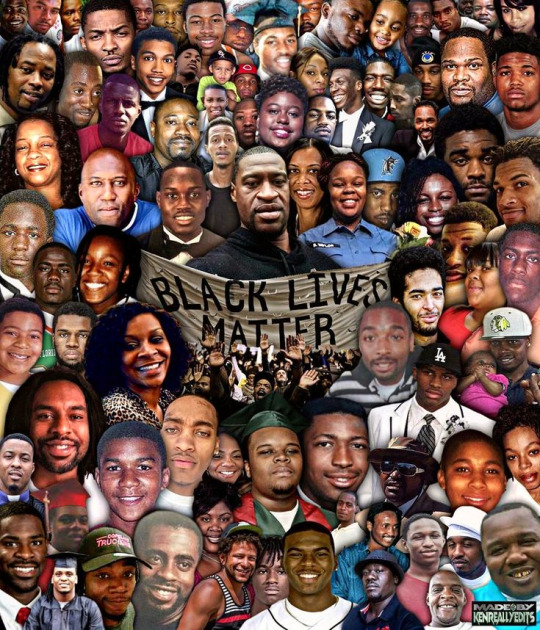

BLACK LIVES MATTER ❤
Artwork source: https://www.instagram.com/kenslerb/?img_index=1
#black lives matter#blm#black history month#black history 365#black history matters#black is beautiful#black is gold#black is divine#black people#say their names
1K notes
·
View notes
Text
Thursday, February 1.
Black History Month 2024.
Get ready to immerse yourself in a month-long celebration of Black joy, Black excellence, and Black art. Following the Association for the Study of African American Life and History's announcement that the theme for Black History Month 2024 is "African Americans and the Arts," we're thrilled to shine a spotlight on Black creators of all stripes right here on Tumblr.
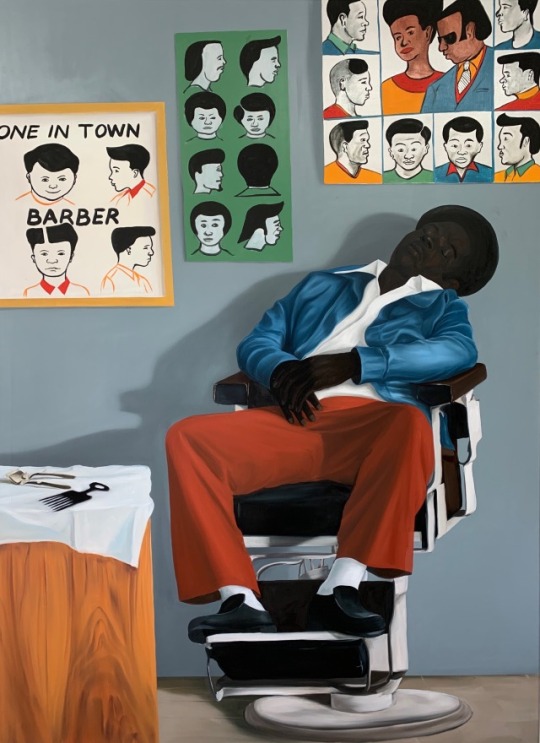
#today on tumblr#black history#black history month#black history month 2024#black women#black art#black artists#black history 365#black history month 24#BHM 24#BHM 2024#african history#black artist#black love#black excellence
455 notes
·
View notes
Text

#black history month#black excellence#african american history#black heritage#celebrating black history#black culture#black leaders#civil rights#black achievements#black pride#historical legends#black lives matter#black empowerment#black history 365#trailblazers#black history facts#our history#black history celebration#empowering black voices.#021224
418 notes
·
View notes
Text
Today's Black History Month illustration is of Josephine Baker. She was a world famous entertainer, WWII spy, and activist.

Freda Josephine McDonald was born in St. Louis, Missouri in 1906. Her parents were both vaudeville performers, but Baker would have to take on odd jobs to help support her family.

At the age of 15, she ran off and joined a dance troupe from Philadelphia. She also got married, took her husband’s last name, dropped her first name and started going by the name Josephine Baker. After acting and dancing in musicals, she moved to New York City and was soon performing at the Plantation Club where she became a crowd favorite.

In 1925, Baker went to Paris to dance at the Théâtre des Champs-Élysées in La Revue Nègre. When the Revue closed, she was given her own show and her career skyrocketed.
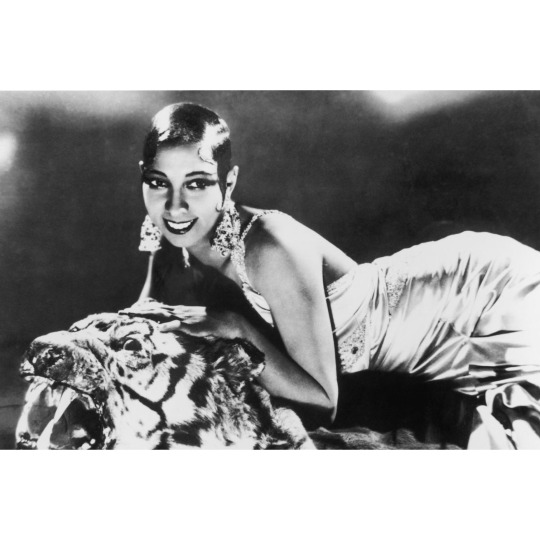
She was the first Black woman to star in a motion picture and one of the first Black entertainers to achieve acclaim on screen and stage.
Baker became a citizen of France in 1937. When the Germans occupied France during WWII, she worked with the Red Cross and the French Resistance by transporting confidential information by writing with invisible ink on her sheet music. She was awarded the Croix de Guerre and the Legion of Honor with the rosette of the Résistance.
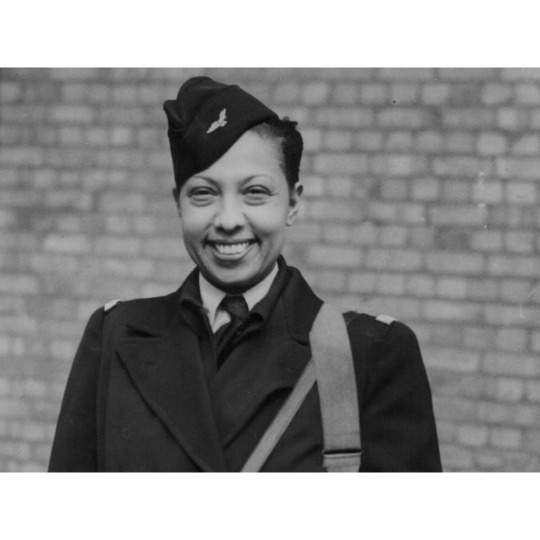
Baker traveled many times to the US to participate in the civil rights movement. She was the only woman who spoke at the March on Washington for Jobs and Freedom in 1968.
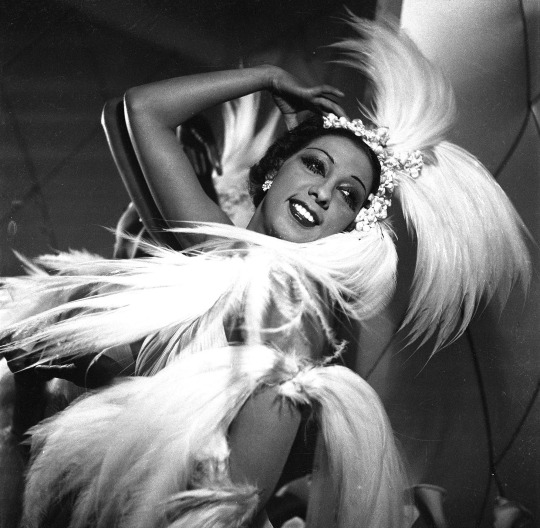
Her time at home forced her to confront segregation and discrimination that she didn’t experience overseas. She often refused to perform for segregated audiences and club owners were forced to integrate for her shows.
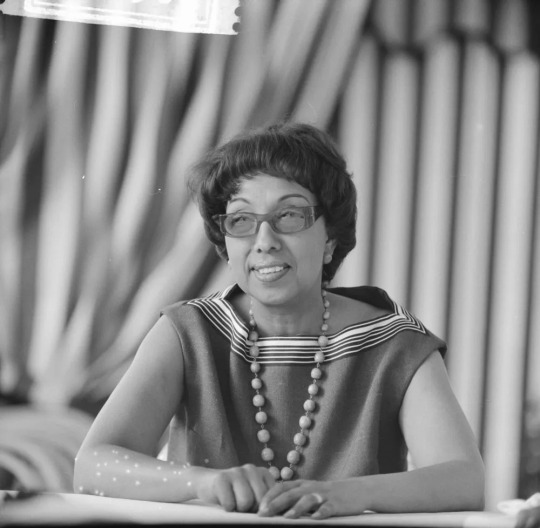
She continued to perform until her death in 1975, during the celebration of the 50th anniversary of her Paris debut.
I’ll be back on Monday with the last illustration and story!
#josephine baker#black history facts#black history month#black history 365#artists on tumblr#illustrators on tumblr
2K notes
·
View notes
Text


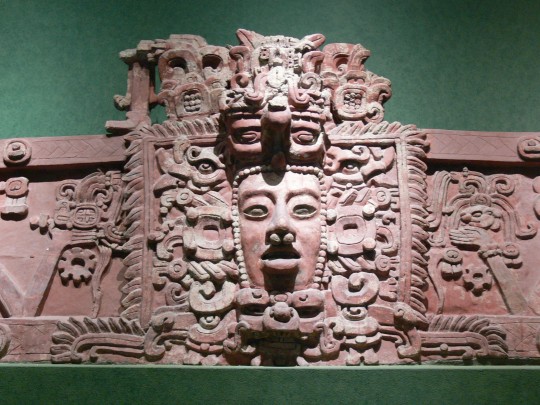

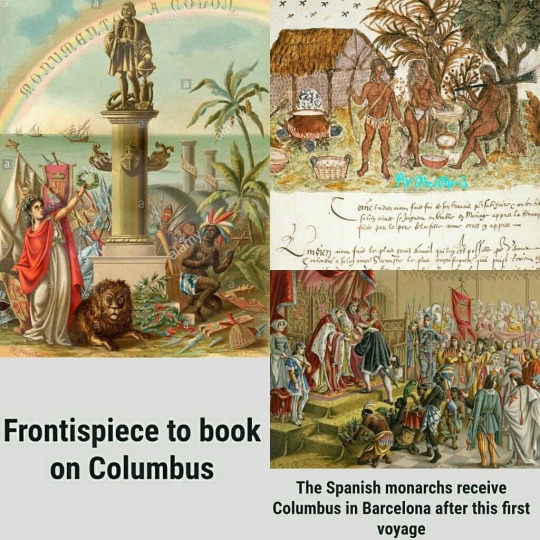

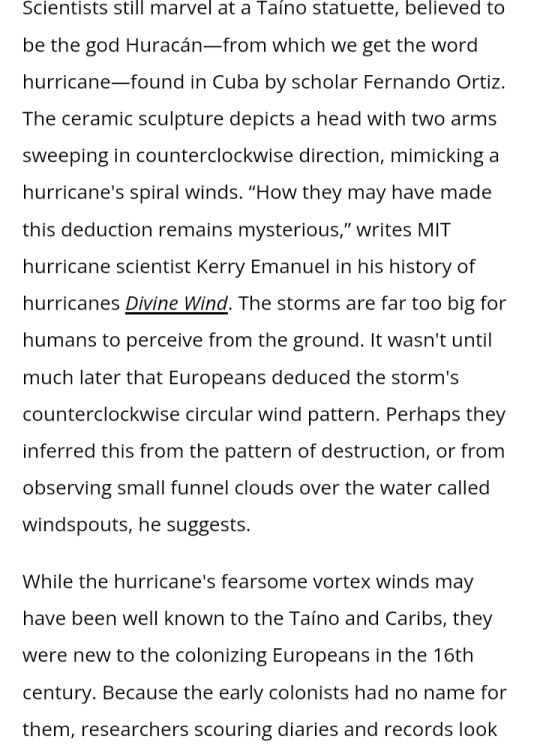
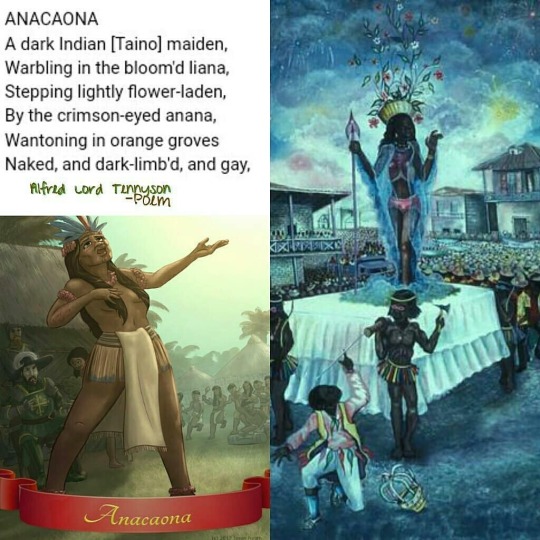


Respect to Dick Gregory for being the pivotal figure that he was but I gotta disagree with this logic that him and many others still use within our community.. The idea that a natural phenomenon like a hurricane was made via the deaths of our people that were lost and traded this way.. Of course I love metaphysics and occult info but not in a case like this. The word hurricane for one comes from an indigenous word that displays the concept of a hurricane as a god Huracan. Not only that but many indigenous islanders and Central/South Americans already could predict Hurricanes by the time colonizers would meet them.. I say that to say that's not possible for a event like the slave trade to have created a annual event like that when it was already knowledge shared amongst the indigenous people. Lastly we gotta remember that the transatlantic slave started over here. Jack D Forbes book 📚 talks about this amongst other writings and artworks from various author... Ultimately you gotta know that Columbus shipped indians from the islands back to Europe before any slaves would even come over here.. Hopefully you learned something useful today 👌🏿
#black history#autochthonous#aboriginal#black history month#aboriginal american#african history#american aborigine#black history 365#muurs#black history matters#huracan#dick gregory
343 notes
·
View notes
Text

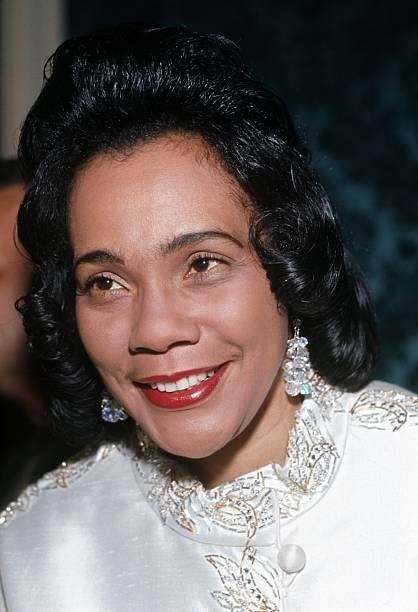
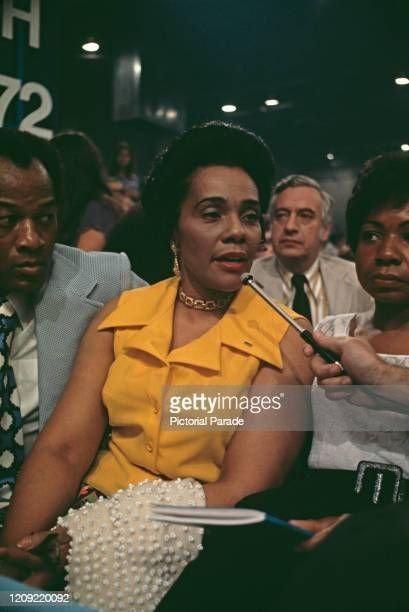


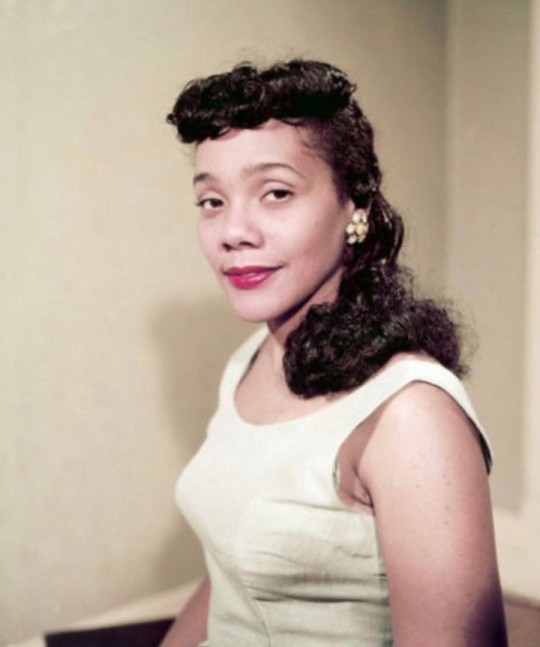
The beautiful Mrs. Coretta Scott King 🤎🤎
#black history#black literature#black tumblr#coretta scott king#black history month#black history 365#black community#black excellence#civil rights#black history is american history#civil rights movement#black girl magic#blackexcellence365#equal#equal rights#segregation#beautiful black women#black lives matter#black families
708 notes
·
View notes
Text
Shoola from Arcane. #BlackHistoryMonth

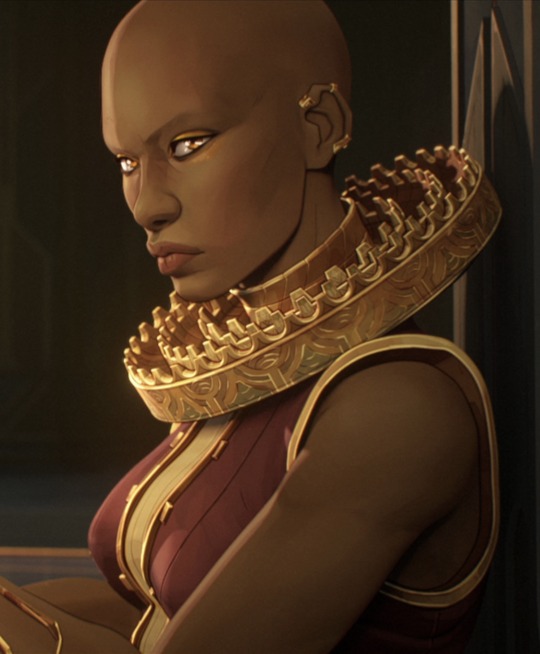
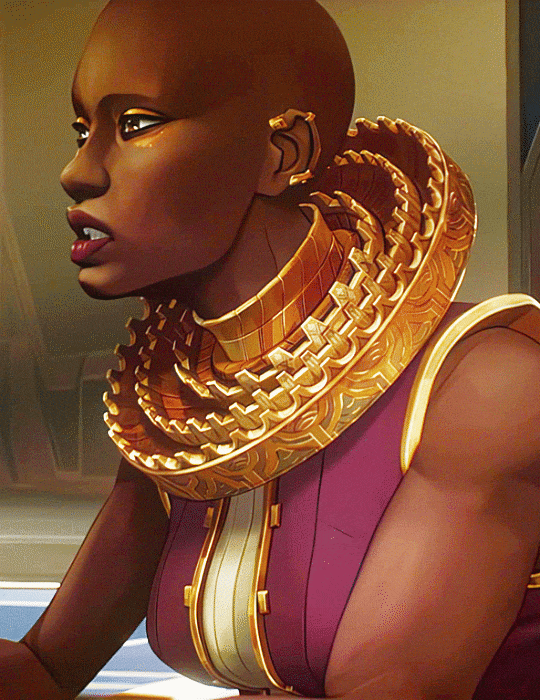
#blerdsunited#blerds united#anime#blerdcommunity#blerds#black anime characters#blerd community#black anime#blackanimecharacters#anime aesthetics#shoola#arcane#netflix#blackhistorymonth#black history#black history month#black history 365#blackhistory365
70 notes
·
View notes
Text
#Black history#global black on black love#black liberation#malcom x#african history#black power#black history facts#black history matters#black history month#black history is american history#black history 365#black lives are important#black lives fucking matter#black lives movement#blm#black lives matter
77 notes
·
View notes
Text
Happy Black History Month 🔴🟡🟢⚫
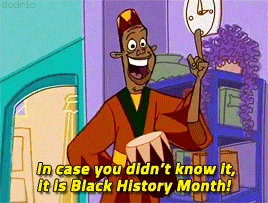

417 notes
·
View notes
Text

#Representation matters#black history#us history#african american#civil rights movement#black history facts#black history is world history#black history 365#civil rights#black history matters#black history month#little mermaid#halle is ariel#the little mermaid 2023#ariel#princess ariel#the little mermaid#little mermaid remake#little mermaid au#little mermaid rp#little mermaid live action#little mermaid fanart
299 notes
·
View notes
Text

#black history#black history month#black history matters#black is beautiful#black is gold#black is divine#black people#melanin#africa#pro black#black excellence#black history 365
2K notes
·
View notes
Text
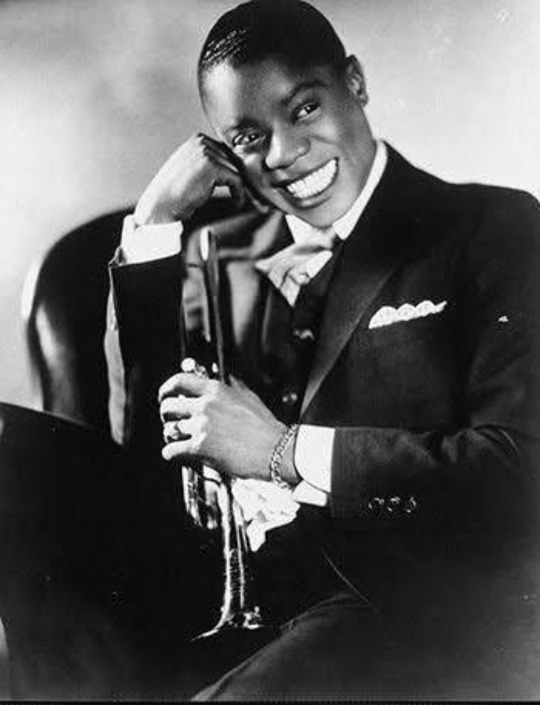



Louis Armstrong (1901-1971)
Louis Daniel Armstrong, nicknamed "Satchmo", "Satch", and "Pops", was an American trumpeter and vocalist. He is among the most influential figures in jazz. His career spanned five decades and different eras in the history of jazz. Armstrong was born and raised in New Orleans. - Wikipedia
#dreams in blk#black tumblr#black beauty#poc aesthetic#black people#black joy#black pride#black and white photography#blackness#black music#jazz legend#louis armstrong#vintage black hollywood#vintage black#black history 365#black history#black music history#jazz musicians#jazz music#trumpet player#jazz#black culture#cultural icon#black musicians#musicianslife#music history#black excellence 365#black men#black kings
711 notes
·
View notes
Text

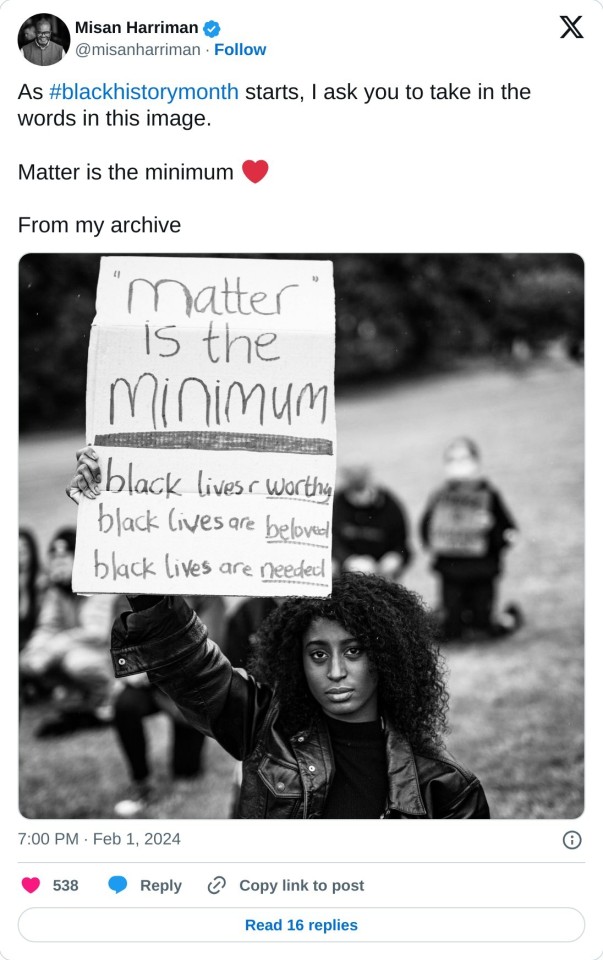
#Black pride#black community#i love being black#black memes#black folks#black history month#black history#malcom x#global black on black love#black liberation#black power#african history#black history facts#black history is american history#black history matters#black history 365#black representation#self post#tumblelog#poc writer#black excellence#black reader#Black panthers#civil rights movement#turtle island#native americans#black panther party#malcolm x#black culture#black love
32 notes
·
View notes
Text


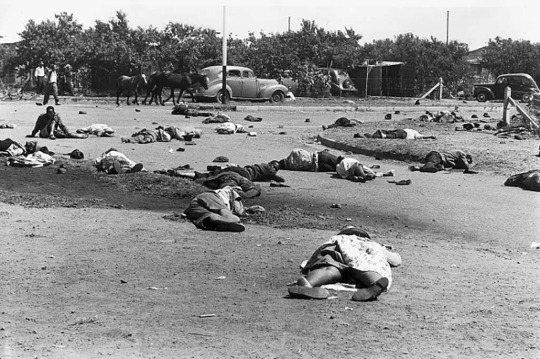

The Sharpeville Massacre occurred on 21st March, 1960, in the township of Sharpeville, South Africa. It resulted in the largest number of South African deaths (up to that point) in a protest against apartheid.
Sharpeville, a black suburb outside of Vereeniging (about 50 miles south of Johannesburg), was untouched by anti-apartheid demonstrations that occurred in surrounding towns throughout the 1950s. By 1960, however, anti-apartheid activism reached the town.
In March 1960, Robert Sobukwe, a leader in the anti-apartheid Pan-Africanist Congress organized the town's first anti-apartheid protest. In order to reduce the possibility of violence, he wrote a letter to the police commissioner to emphasize that it would be non-violent.
On March 21, an estimated 7,000 South Africans gathered in front of the Sharpeville police station to protest against the restrictive pass laws. Nearly 300 police officers arrived to put an end to the peaceful protest.
As they attempted to disperse the crowd, a police officer was knocked down and many in the crowd began to move forward to see what had happened. Police witnesses claimed that stones were thrown, and in a panicked reaction, they opened fire.
As the protesters tried to flee the violent scene, police continued to shoot into the crowd.
The police version, only 69 Africans were killed and 186 were wounded, with most shot in the back.
The Sharpeville Massacre awakened the international community to the horrors of apartheid. The massacre also sparked hundreds of mass protests by black South Africans.
On March 30, the South African government declared a state of emergency which made any protest illegal. The ban remained in effect until August 31, 1960. During those five months roughly 25,000 people were arrested throughout the nation.
The government's repressive measures intensified and expended the opposition to apartheid, ushering in three decades of resistance & protest
With the election of Nelson Mandela as president of South Africa in 1994, the apartheid system ended. In 1994, Mandela signed the nation's first post-apartheid constitution near the site of the 1960 massacre.
•••
La Masacre de Sharpeville sucedió el 21 de marzo de 1960, en el municipio de Sharpeville, Sudáfrica. Resultó en la mayor cantidad de muertes de sudafricanos (hasta ese punto) en un protesta en contra de la segregación racial.
Sharpeville, un suburbio habitado por personas negras en las afueras de Vereeniging (cincuenta millas al sur de Johannesburg), había permanecido intacto de las demostraciones anti-segregadoras que estaban ocurriendo en ciudades cercanas a lo largo de los 1950. En 1960, el activismo anti segregacionista llegó a la ciudad.
En marzo de 1960, Robert Sobukwe, un lider del Congreso Panafricano Anti-Segregacionista organizó la primera protesta anti segregacional. Para poder reducir la posibilidad de violencia, le escribió una carta al comisionado de la policía para enfatizar que seria una protesta pacífica.
El 21 de marzo, alrededor de 7,000 sudafricanos se reunieron en frente de la estación policial de Sharpeville para protestar en contra de las leyes restrictivas de paso (desplazamiento). Alrededor de 300 policías llegaron para poner fin a la protesta.
Mientras intentaban dispersar a la multitud, un oficial de policía fue derribado y muchos en la multitud comenzaron a acercarse para ver qué había sucedido. Testigos policiales afirmaron que se arrojaron piedras y, en una reacción de pánico, abrieron fuego. Mientras los protestantes estaban tratando de huir de la escena violenta, la policía siguió disparando contra la multitud.
Según la versión policial, 69 africanos fueron asesinados y 186 resultaron heridos, la mayoría disparados en la espalda.
La Masacre de Sharpeville despertó a la comunidad internacional a los horrores de la segregación racial. La masacre también provocó cientos de protestas masivas de sudafricanos negros.
El 30 de marzo, el gobierno sudafricano declaró un estado de emergencia, lo cual hizo que cualquier protesta fuese ilegal. La prohibición duró hasta el 31 de agosto de 1960. Durante esos cinco meses alrededor de 25,000 personas fueron arrestadas a lo largo de la nación.
Las medidas represivas del gobierno intensificaron y expandieron la oposición a la segregación racial, dando paso a tres décadas de resistencia y protesta.
Con la elección de Nelson Mandela como presidente de Sudáfrica en 1994, el sistema segregacional terminó. En 1994, Mándela firmó la primera constitución post segregación racial, cerca del lugar donde sucedió la masacre del año 1960.
#blacklivesmatter#blacklivesalwaysmatter#english#spanish#blackhistory#history#share#read#blackpeoplematter#blackhistorymonth#black history matters#black history#black history is world history#africanhistory365#africanhistory#black history 2023#historyfacts#black history is everybody's history#black history 365#blackhistoryfacts#blackhistoryeveryday#blackhistoryyear#black history month#knowyourhistory#like#follow#blackbloggers#blackownedandoperated#south africa#nelson mandela
93 notes
·
View notes
Text
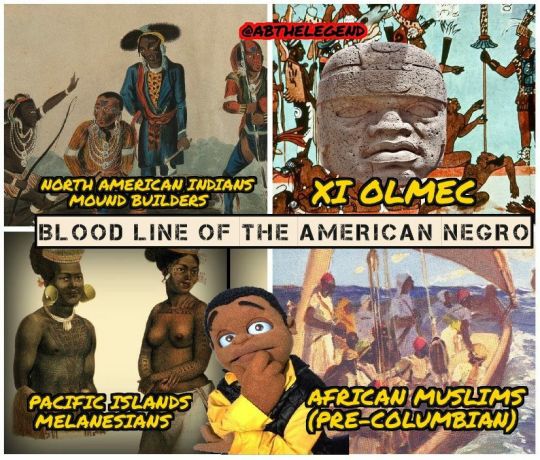





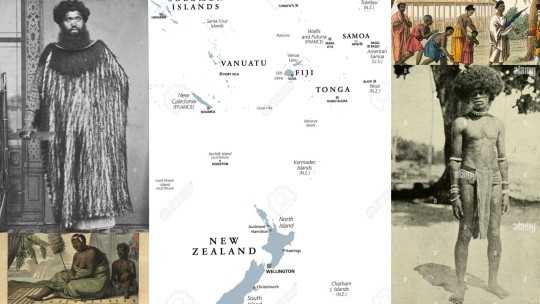

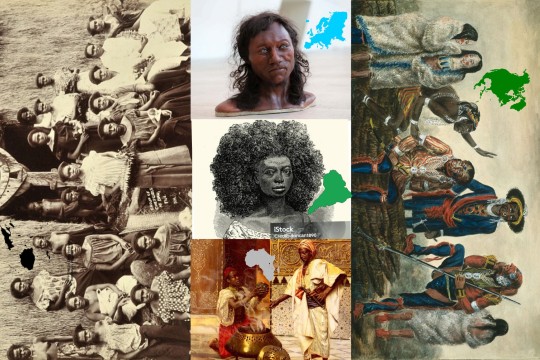
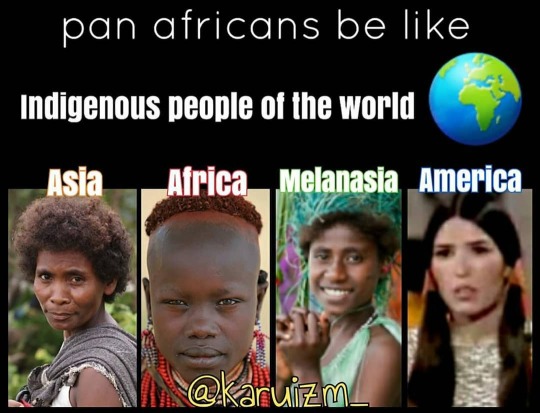
Decided to do a remake of AbTheLegend original post(1st pic) .. Us in America who descend from the indigenous people existing here Pre 👨🏻🦱 European arriving in mass/Colonization were talking amongst other groups and mixing with them as they arrived. This history is often hidden or ignored by mainstream. But luckily folks are starting to listen to them less and less😅. Hell the period of slavery also added some more of this as you may be aware of.Anyways these five main groups are Africans(North Africans,West&Central) , Pacific Islanders, South Americans , Black 👨🏿🦱Europeans and of course North Americans. Like other groups everywhere they mixed but what was important is they kept their identity/heritage. Something I amongst others is helping to revive. Me myself I call it the Through Line(See the reblog for more indepth use of what I made it mean) All being said hopefully you learned something 💯
#black history#autochthonous#aboriginal#black history month#aboriginal american#black history 365#muurs#african history#american aborigine#black culture
80 notes
·
View notes


